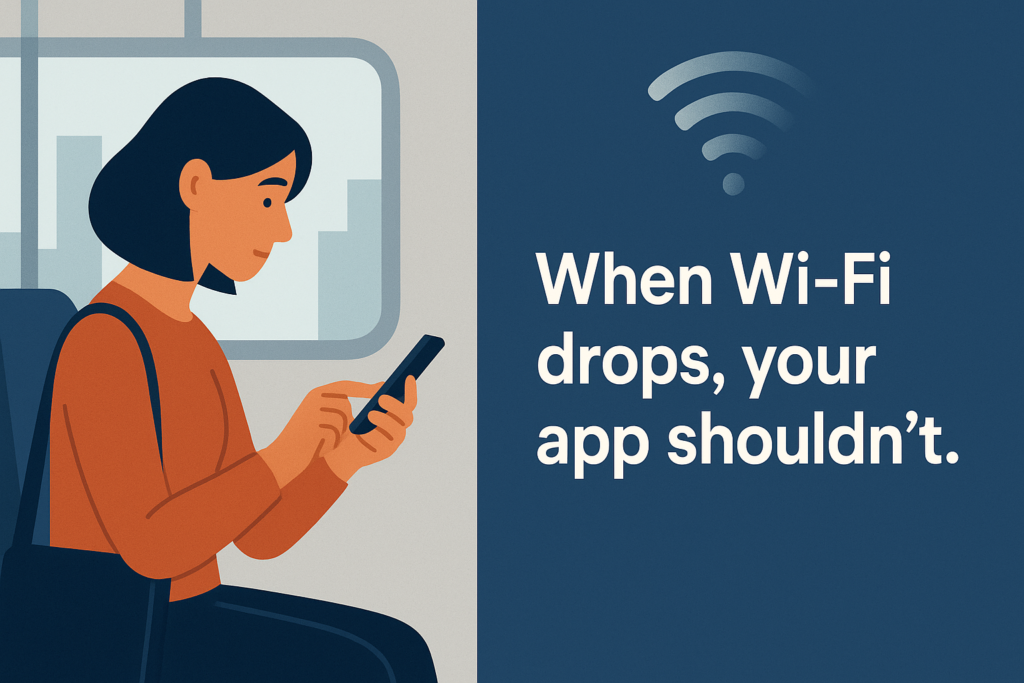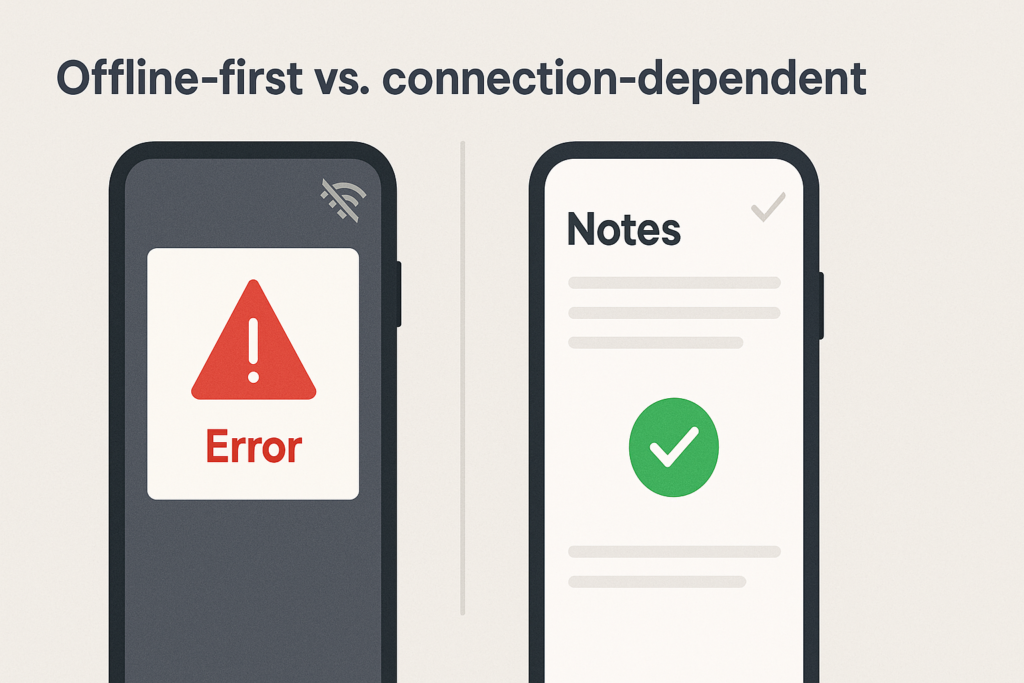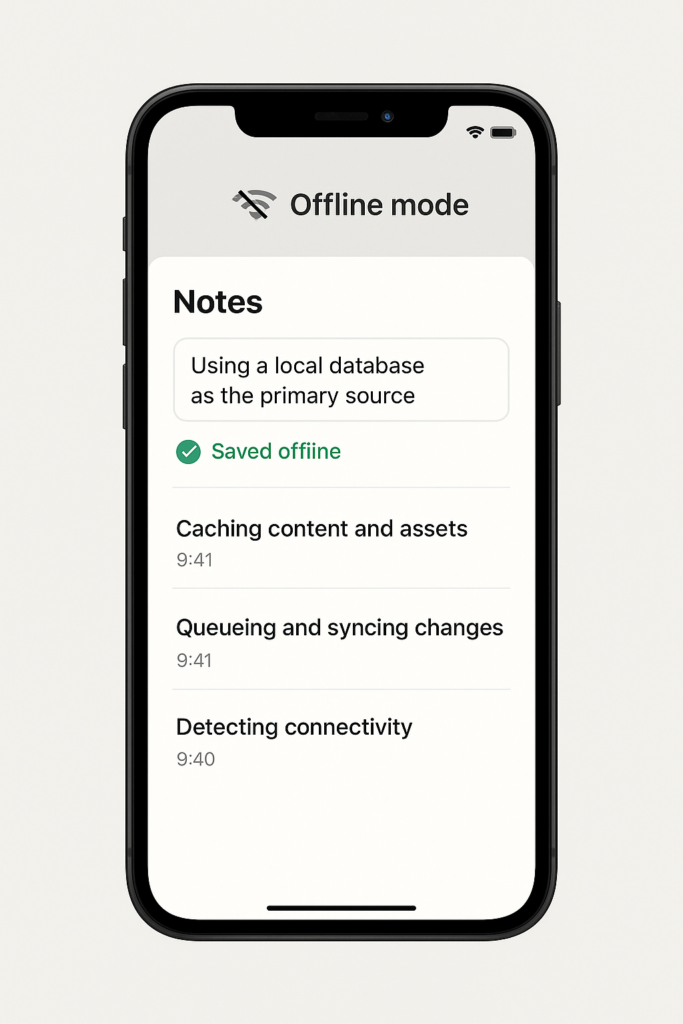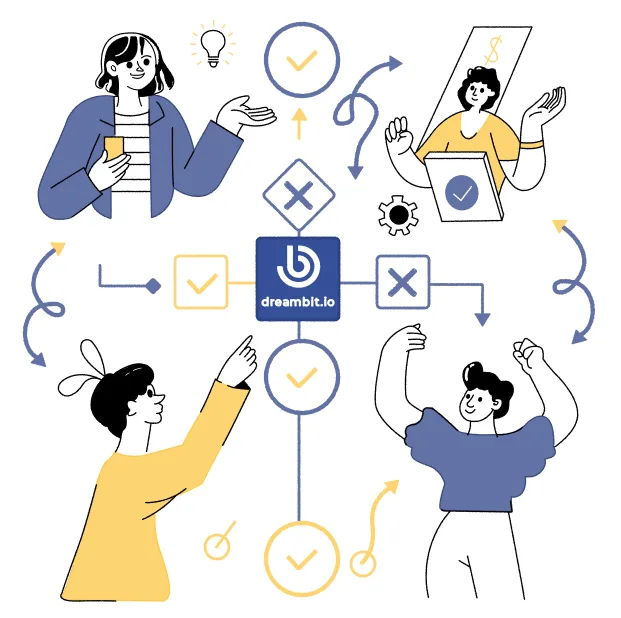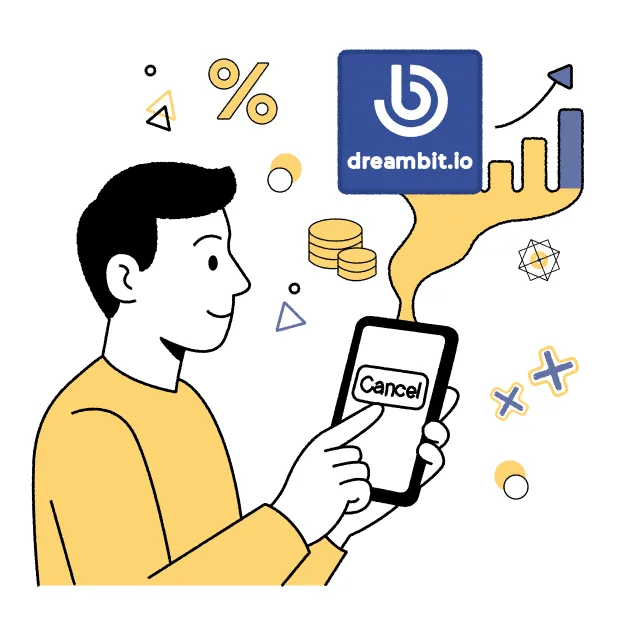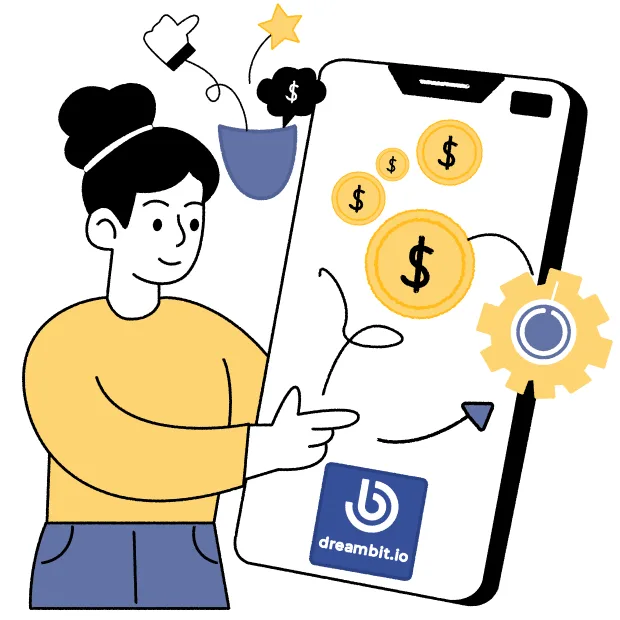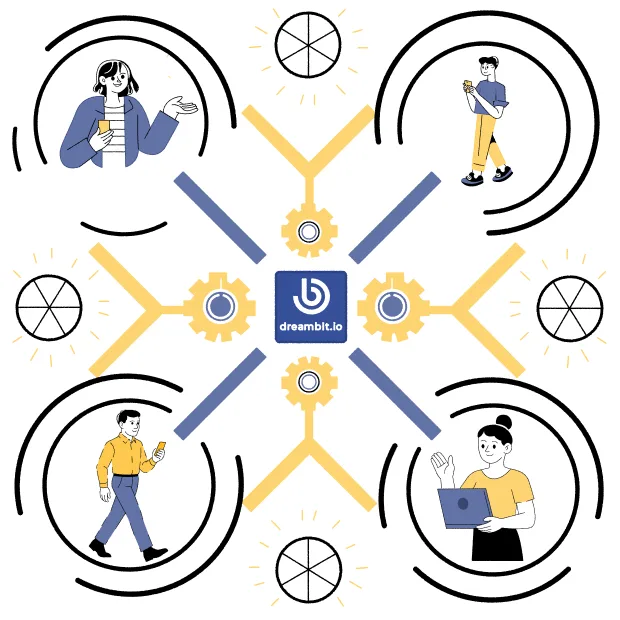- Wi-Fi fiasco: No signal, no data
- How can the offline-first approach transform your app?
- Using a local database as the primary source
- Caching content and assets
- Queueing and syncing changes intelligently
- Handling conflicts and merging
- Detecting connectivity and managing transitions
- Providing manual controls and feedback
- Securing and optimizing local data
- Conclusion: reliable offline mode is a game-changer
This website uses cookies so that we can provide you with the best user experience possible. Cookie information is stored in your browser and performs functions such as recognising you when you return to our website and helping our team to understand which sections of the website you find most interesting and useful.
